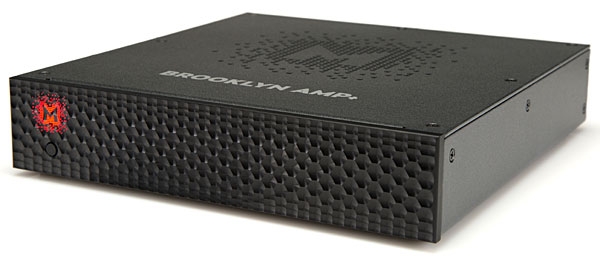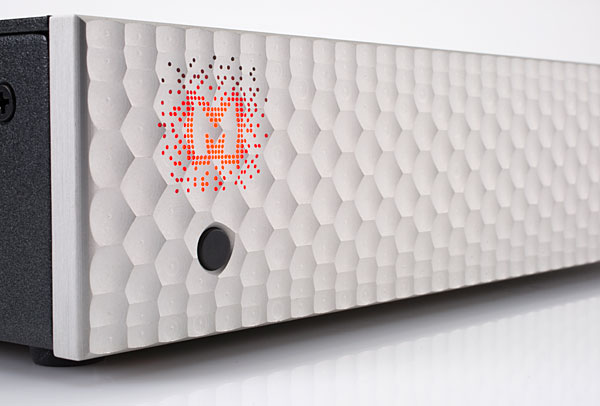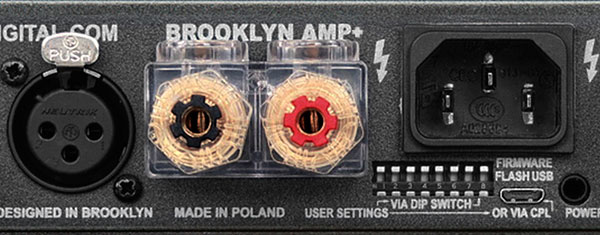| Columns Retired Columns & Blogs |
"best sounding" in the next few years ?
Thats a Strong extrapolation but coming from you I'd tend to embrace it. ( probably because I want it to be true )
I'm anxious to see the Class D Schiit and/or the Audio Research offerings.
Fingers crossed,
Tony in Venice Florida
ps. that lit front panel might be enough to push this device into a Buy-it-Now! event ( along with: Made in Poland, of course )













































